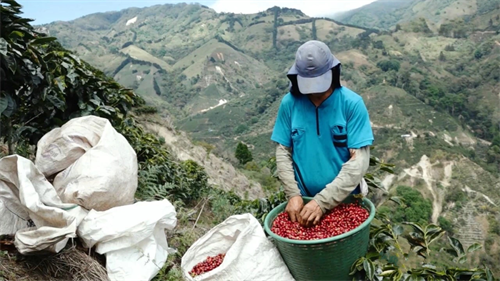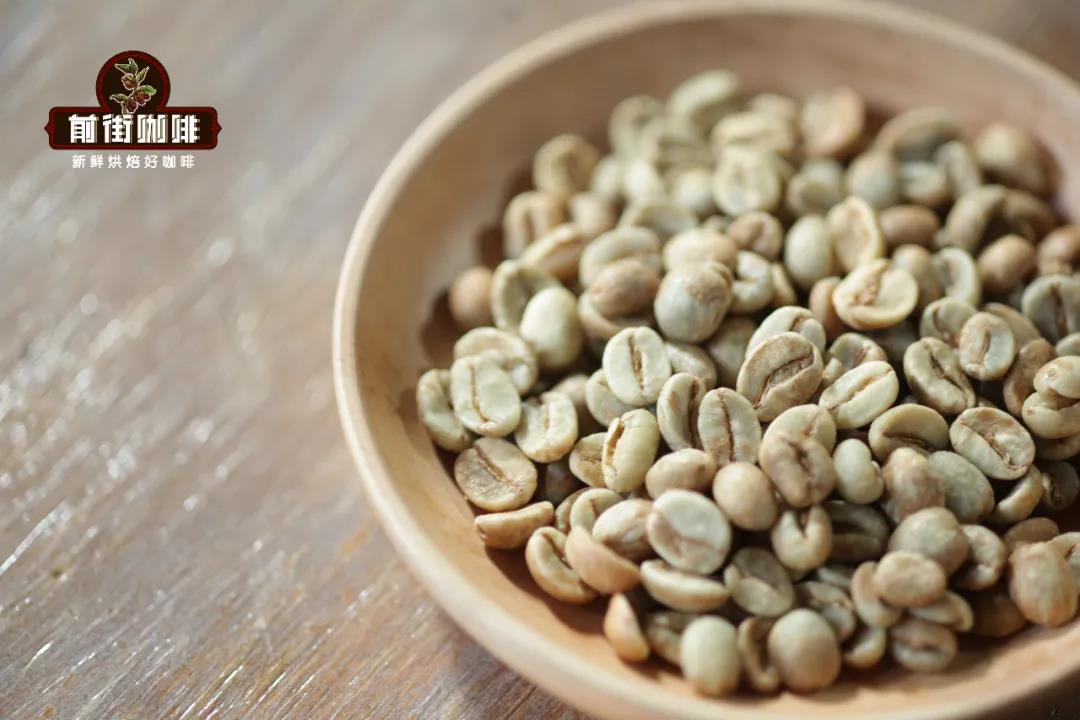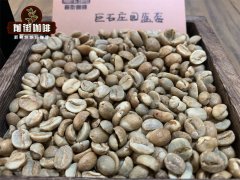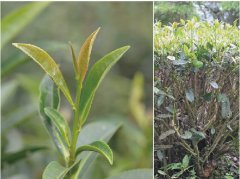Stonehenge Manor, Costa Rica blueberry coffee beans, anaerobic heavy honey treatment process.
Costa Rica introduced coffee beans from Cuba in 1729, and Costa Rica became the first country in Central America to grow coffee and the first to grow coffee because of its commercial value. Costa Rica is rich in volcanic soil, coupled with the influence of Pacific currents and monsoons, giving it a unique microclimate. Costa Rican boutique coffee growing areas have sufficient precipitation, suitable temperature difference between day and night and weak acid volcanic soil provide excellent conditions for growing coffee.
Costa Rica is located in the Central American isthmus, belonging to North America, latitude 10 °north, longitude 84 °west. It is bordered by the Caribbean Sea to the east and the North Pacific Ocean to the west, with a coastline of 1290 km (212km on the east coast and 1016 km on the west coast). Costa Rica borders Nicaragua in the north (309 km long border) and Panama (639 km long border) south-southeast. Costa Rica's economy depends mainly on agriculture and the export of electronic components.

The bean introduced today comes from Stonehenge Manor in Costa Rica.
Stonehenge Manor is located at an altitude of 1700-1800m above sea level in the Brenka producing area south of Costa rica. It was named Stonehenge Manor because the aboriginal stone carvings from 200 to 1500 BC were unearthed near the manor, called the Secret Stone Ball. The soil for growing coffee in the manor is a mixture of red mud and plaster, so the coffee beans produced here are not only high in density, but also superior in sweetness.

The anaerobic heavy honey treatment first selects the fully mature coffee fruit, then removes the peel and retains the pectin of the pulp and puts it into a sealed barrel to inject carbon dioxide, and the room temperature is controlled at 10-15 ℃ for anaerobic low temperature fermentation. After the end of anaerobic fermentation, it will enter the second stage of honey treatment fermentation. Put the coffee beans after anaerobic fermentation on the net drying bed to dry, the temperature should not exceed 40 ℃. After drying for 8 hours, the coffee fruit will be placed in a greenhouse for 12 hours, a process that lasts for 20 to 25 days. When the moisture content of raw coffee beans reaches 15%, put the raw coffee beans in an inner bag and cover the outside with a cloth bag, and then leave in a cool and ventilated place for a month until the water content of the coffee beans is reduced to 11%.
The flavor of treated coffee reflects the smell of rose, blue plum fudge, fermented fragrance and mint feeling. It is a coffee bean worth a try.
Important Notice :
前街咖啡 FrontStreet Coffee has moved to new addredd:
FrontStreet Coffee Address: 315,Donghua East Road,GuangZhou
Tel:020 38364473
- Prev

Classic flavor of Costa Rican boutique coffee Costa Rica only grows Arabica coffee
The origin of Costa Rican coffee can be traced back to the introduction of Cuban coffee in 1729, and began to export coffee to Colombia and Chile in 1820, and shipped it to London in 1845, which was called golden beans by British aristocrats. In 1825, the Costa Rican government announced the implementation of a duty-free policy for coffee. After 1832, it actively promoted the coffee industry and encouraged private small farmers.
- Next

What is the difference between Taiwan black tea variety Qiyuntai tea No. 23 and Taiwan tea No. 18 Hongyu black tea
The tea improvement field of the Council of Agriculture launched a new black tea variety "Taiwan Tea 23" on September 5, 107, which does not have the strong convergence of big-leaf tea, reduces the astringent taste, and exudes strong flower and fruit aromas, which will become a new force in the black tea market. The change of tea field shows that the new variety of Taicha 23 has the characteristics of strong growth potential, strong disease resistance and strong drought tolerance, and the black tea produced by it has excellent quality and water color.
Related
- Beginners will see the "Coffee pull flower" guide!
- What is the difference between ice blog purified milk and ordinary milk coffee?
- Why is the Philippines the largest producer of crops in Liberia?
- For coffee extraction, should the fine powder be retained?
- How does extracted espresso fill pressed powder? How much strength does it take to press the powder?
- How to make jasmine cold extract coffee? Is the jasmine + latte good?
- Will this little toy really make the coffee taste better? How does Lily Drip affect coffee extraction?
- Will the action of slapping the filter cup also affect coffee extraction?
- What's the difference between powder-to-water ratio and powder-to-liquid ratio?
- What is the Ethiopian local species? What does it have to do with Heirloom native species?

